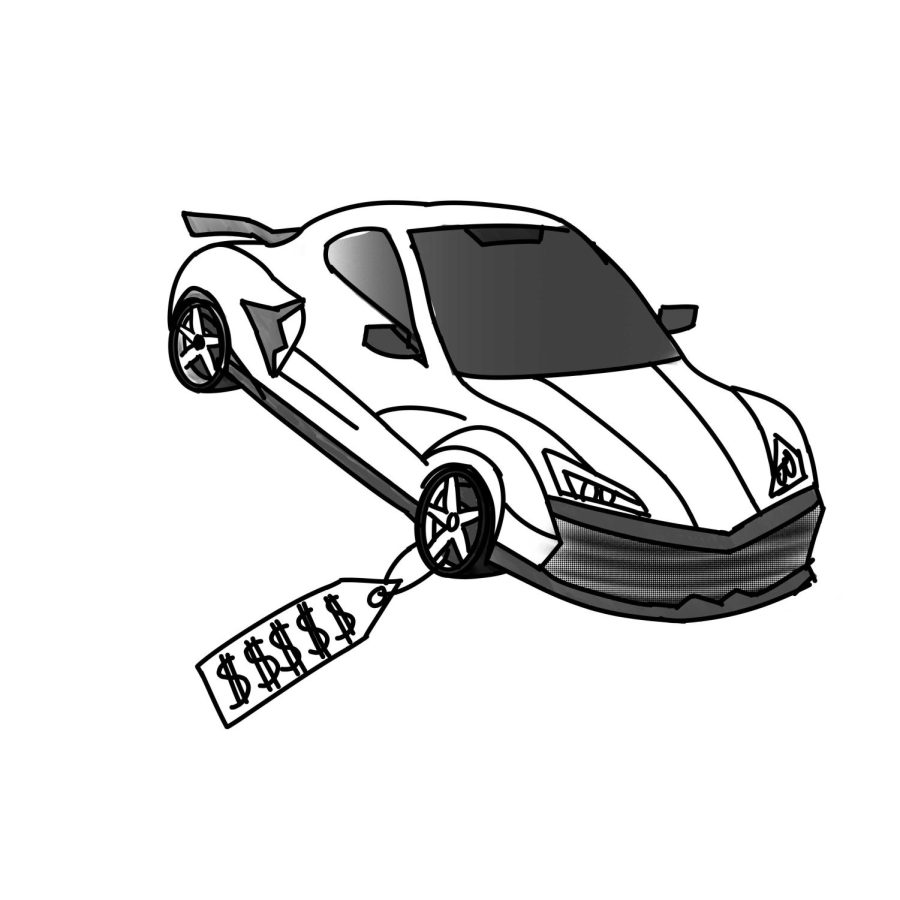Unsigned: Trusting Teenagers with Expensive Cars is Reckless
February 3, 2023
In this day and age, car culture continues to grow in popularity. People are more interested than ever in cars and their ever-changing designs and functions. A large portion of this audience are high schoolers just learning to drive. While there are many cars that satisfy the needs of a new driver, the safety and price of a car should be the most important factors going into the new investment, rather than its looks. Teenagers shouldn’t be driving around in expensive, over-the-top cars.
Teens, as unwilling as they are to accept it, are not perfect. This extends into driving, a skill that takes practice and care. While many claim to have the ability to drive well, data demonstrates a different truth. According to the Center for Disease Control (CDC), American drivers in their youngest years are the most likely to cause an accident. The CDC reported, “The risk of motor vehicle crashes is higher among teens ages 16 to 19 than among any other age group. Teen drivers in this age group have a fatal crash rate almost three times as high as drivers ages 20 and older per mile driven” (cdc.gov). The amount driven is also important to consider, as those who only use cars to take themselves to and from school have the highest tendency to crash. The study only accounted for fatal crashes, and it can be inferred that the rate for non-lethal accidents follows the trend.
From an article by The Harbinger, “According to a study conducted by the Texas-based PM Law Firm, new teen drivers are eight times more likely to crash in their first three months of driving compared to experienced drivers on the road” (smeharbinger.net). Those who are young, only just beginning to drive, and drive infrequently have the highest chance of making mistakes on the road. Driving will always be dangerous, but the risks only skyrocket when the target audience are young teens in high school. The higher risk of damage in these early years of driving should be considered before investing in an expensive car.
In some circumstances, it’s imperative that new drivers have their own cars. Some high schoolers are unable to rely on their caregivers for rides to school, jobs, or extracurriculars, so having their own source of transportation makes sense. When getting a teen a car, the most important aspect of the purchase should be to keep the driver safe. Junior Lia Sowers said, “Almost all drivers overestimate their skills, but it’s especially common in new drivers. Also, the majority of young new drivers don’t have financial literacy, so payments for the car mostly rely on the caregivers. Of course, parents or guardians want to give their teen the safest transportation option, but it’s tricky to balance improved external safety with its corresponding price tag.” When accidents among the high school age group aren’t unlikely, it’s up to those responsible for the teen to decide how much they’re willing to invest. Parents and guardians should consider these factors.
It would be ridiculous to say that nobody wants a new, fancy, shiny car. The fantasy of the newest model runs through our capitalism-infused veins. However, it’s irresponsible, to say the least, to entrust a teenager with a car whose insurance and car payments cost more than many people’s rents. Sowers said, “I think that if a new driver can afford a new car for their safety features it’s a good idea, but for the majority of the time new flashy cars are unnecessary.” It is a new driver’s responsibility to prioritize safety over looks when searching for a new car. Sowers said, “I don’t think the glamor appeal of a car is very important. Teens should obtain cars that can provide them with the highest level of safety.”


